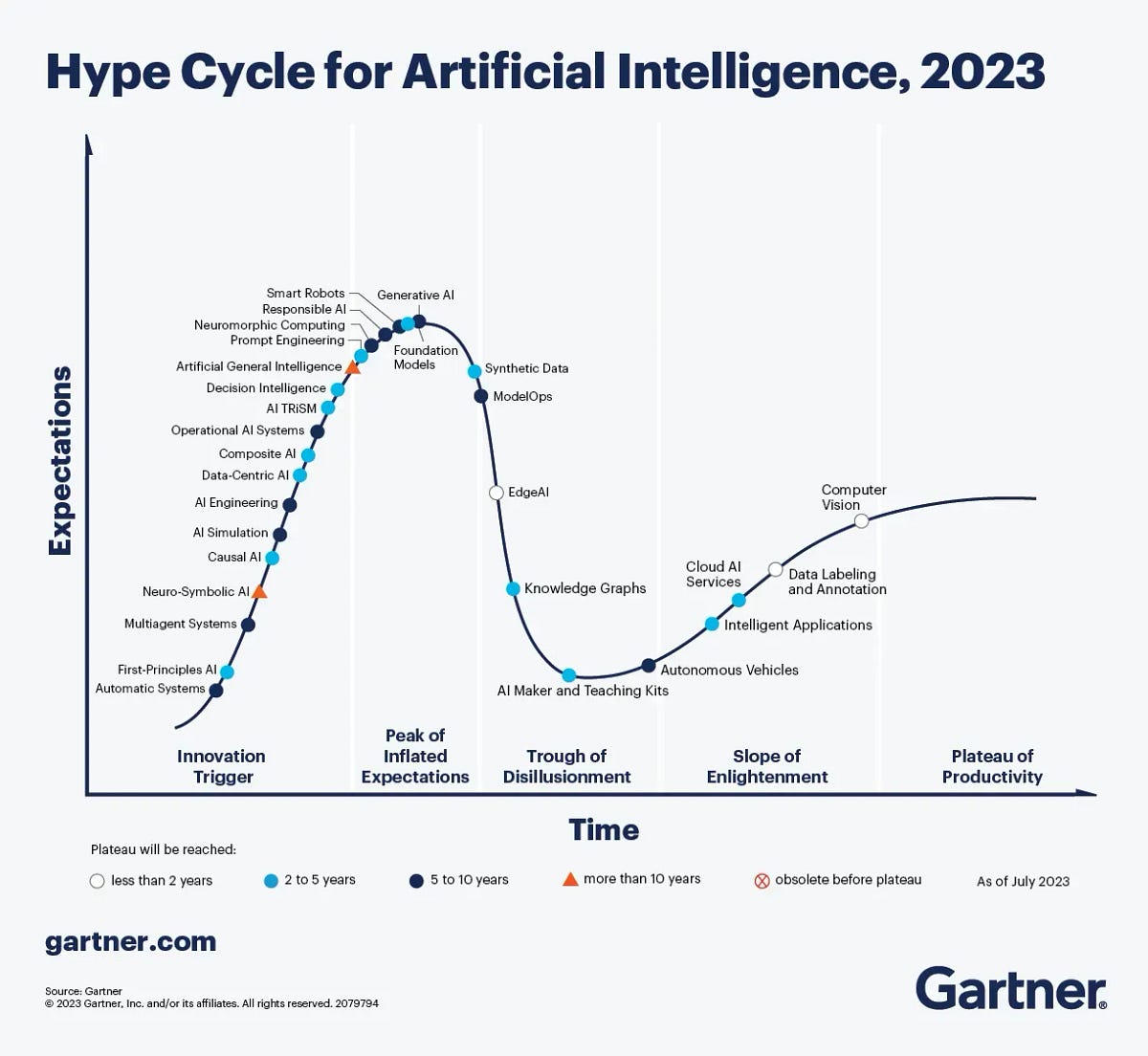spostrzeżenie - Computer Security and Privacy - # Historical Deception in Early Artificial Intelligence Demonstrations
The Mechanical Turk: An 18th Century Deception Masquerading as Artificial Intelligence
Główne pojęcia
The Mechanical Turk, an 18th century automaton chess machine, was not truly autonomous but rather concealed a human chess master operating it, exposing the limitations and deceptions in early claims of artificial intelligence.
Streszczenie
The content discusses the Mechanical Turk, an 18th century automaton chess machine that gained immense popularity for its apparent ability to play chess at a high level against human opponents. However, the excitement and acclaim surrounding the Mechanical Turk eventually unraveled as it was revealed to be a deception, with a human chess master secretly operating the device from within.
This early example highlights the limitations and deceptions that have often surrounded claims of artificial intelligence (AI) throughout history. The Mechanical Turk, while appearing to be a marvel of automation, was in reality concealing a human operator, exposing the gap between the perception of AI capabilities and the actual technological realities of the time.
The content suggests that the Mechanical Turk's success was largely due to its ability to create the illusion of autonomous intelligence, captivating audiences and even defeating notable figures in chess matches. However, the true nature of the device was eventually uncovered, revealing the human element behind its seemingly intelligent performance.
This historical case study serves as a cautionary tale, reminding us to be wary of exaggerated claims and promises surrounding emerging technologies, and to critically examine the underlying mechanisms and realities behind such demonstrations of "artificial intelligence."
The False Promises of AI
Statystyki
The Mechanical Turk was reported to have defeated notable figures such as Napoleon and Benjamin Franklin in chess matches.
Cytaty
"The excitement surrounding it eventually unraveled as a deceit concerning its true nature."
Kluczowe wnioski z
by The Pycoach o medium.com 04-19-2024
https://medium.com/artificial-corner/the-false-promises-of-ai-fe23124e0fb9
Głębsze pytania
What other historical examples of deception or exaggeration in the field of artificial intelligence can be found, and how have they shaped the public's perception of the technology?
One notable historical example of deception in the field of artificial intelligence is the Eliza chatbot developed in the 1960s by Joseph Weizenbaum. Eliza was designed to simulate a conversation with a Rogerian psychotherapist by using pattern matching and simple language processing techniques. Despite its limited capabilities, Eliza was able to engage users in seemingly meaningful conversations, leading some to believe they were interacting with a real human therapist. This deception highlighted the gap between the appearance and actual intelligence of AI systems, shaping the public's perception of AI as potentially manipulative or lacking genuine understanding.
How might the lessons learned from the Mechanical Turk case study be applied to the evaluation and development of modern AI systems, to ensure transparency and avoid similar deceptions?
The lessons from the Mechanical Turk case study emphasize the importance of transparency and honesty in the development and evaluation of modern AI systems. To avoid similar deceptions, developers should clearly communicate the capabilities and limitations of AI technologies to users. Implementing mechanisms for accountability and oversight can help ensure that AI systems are used ethically and responsibly. Additionally, promoting education and awareness about AI among the public can help prevent misconceptions and unrealistic expectations about the technology.
In what ways can the concept of the Mechanical Turk be seen as a metaphor for the ongoing challenges and limitations of artificial intelligence, even in the present day?
The concept of the Mechanical Turk serves as a metaphor for the ongoing challenges and limitations of artificial intelligence in the present day. Just like the Mechanical Turk appeared to possess human-like intelligence but was actually operated by a hidden human, modern AI systems often exhibit impressive capabilities but are ultimately constrained by their programming and data limitations. This metaphor highlights the importance of understanding the inner workings of AI systems and managing expectations about their capabilities. It also underscores the need for ongoing research and development to address the current limitations of AI and advance the field towards more sophisticated and transparent technologies.
0
